Understanding the Yard Regrading Process
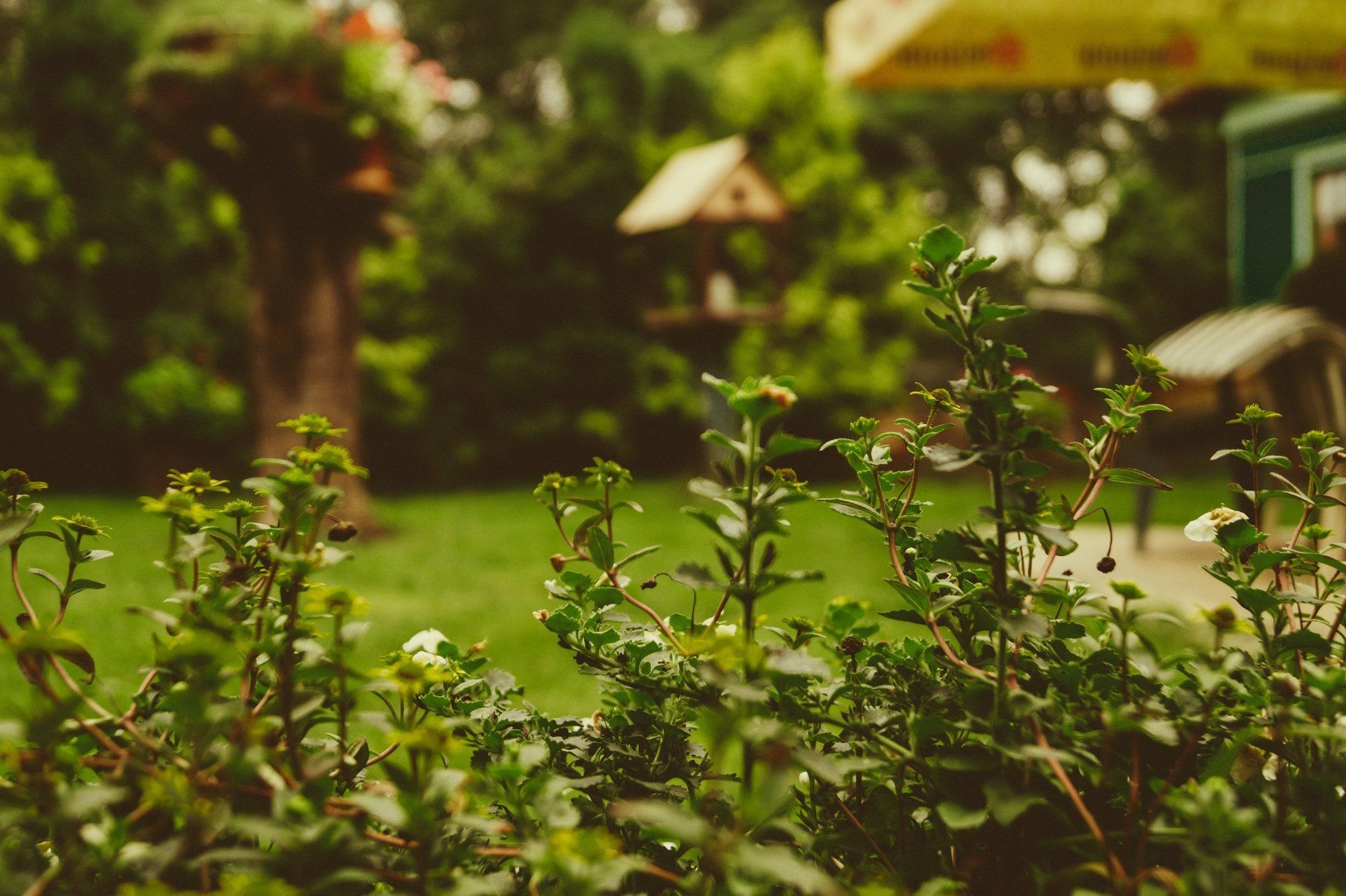
Yard regrading is a crucial landscaping task that involves reshaping the land to ensure proper drainage, prevent water accumulation, and improve the overall aesthetics of your outdoor space. At Landscaping Saskatoon, we understand the importance of a well-graded yard and are here to guide you through the regrading process.
Why Yard Regrading is Important
Before diving into the process, it's essential to understand why yard regrading is necessary:
- Prevents Water Damage: Proper grading directs water away from your home’s foundation, preventing potential basement flooding and structural damage.
- Improves Drainage: Ensures that water does not pool in your yard, reducing the risk of waterlogging and promoting healthy plant growth.
- Enhances Aesthetics: Creates a smooth, even surface that enhances the appearance of your lawn and garden.
- Prevents Soil Erosion: Reduces soil erosion by directing water flow more effectively, protecting your landscape.
The Yard Regrading Process
Regrading your yard involves several key steps to ensure a successful outcome. Here’s an overview of the process:
1. Assessment and Planning
- Site Evaluation: The first step is to assess the current state of your yard. This includes identifying low spots, areas with poor drainage, and the overall slope of the land.
- Planning: Based on the evaluation, a regrading plan is developed. This plan outlines the areas that need to be raised or lowered and the direction in which water should flow.
2. Obtaining Permits
- Check Local Regulations: Before starting the regrading process, it's essential to check with local authorities in Saskatoon to determine if any permits are required for your project.
- Environmental Considerations: Ensure that the regrading plan complies with environmental regulations to protect local ecosystems.
3. Preparing the Site
- Clearing the Area: Remove any obstacles such as rocks, debris, and vegetation that may interfere with the regrading process.
- Marking the Grade: Use stakes and string lines to mark the desired grade levels. This provides a visual guide for the regrading process.
4. Excavation and Soil Redistribution
- Excavation: Begin by excavating soil from high spots and relocating it to lower areas. This helps create a more even surface.
- Soil Compaction: After relocating the soil, compact it using a tamper or roller. This ensures a stable base and prevents future settling.
5. Creating the Slope
- Slope Calculation: The ideal slope is typically a 1-2% gradient away from the house. This translates to a drop of 1-2 inches for every 10 feet.
- Fine-Tuning: Use a rake or grading tool to fine-tune the slope, ensuring a smooth and even surface.
6. Installing Drainage Solutions
- French Drains: In areas with severe drainage issues, consider installing French drains. These underground pipes help direct water away from problem areas.
- Swales: Create shallow ditches, known as swales, to channel water away from your yard and towards designated drainage areas.
7. Reseeding and Landscaping
- Reseeding: Once the grading is complete, reseed the area with grass or other ground cover to stabilize the soil and enhance the appearance of your yard.
- Landscaping: Add finishing touches such as plants, mulch, and decorative elements to complete the landscaping.
Why Choose Landscaping Saskatoon?
At Landscaping Saskatoon, we take pride in our expertise and commitment to quality. Here’s why you should choose us for your yard regrading project:
- Professional Assessment: Our team conducts thorough site evaluations to develop effective regrading plans tailored to your needs.
- Expert Execution: With years of experience, we execute the regrading process with precision, ensuring optimal results.
- Satisfaction Guaranteed: We are dedicated to customer satisfaction, providing exceptional service and support throughout the project.
Contact Us Today
If you’re experiencing drainage issues or want to enhance the appearance of your yard, contact Landscaping Saskatoon. Our professional regrading services will transform your outdoor space, ensuring it is functional, beautiful, and protected from water damage. Let us help you create the yard of your dreams.
Proper yard regrading is essential for maintaining a healthy and attractive landscape. With Landscaping Saskatoon’s expertise, you can ensure that your yard is well-graded, effectively draining water away, and providing a stable foundation for all your outdoor activities.
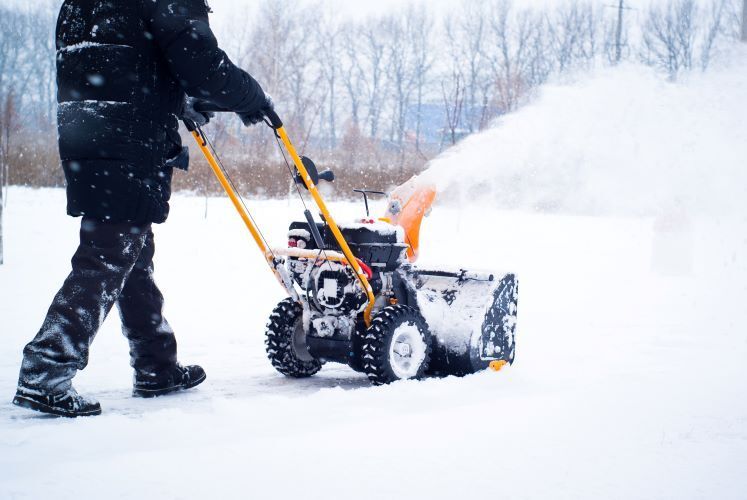

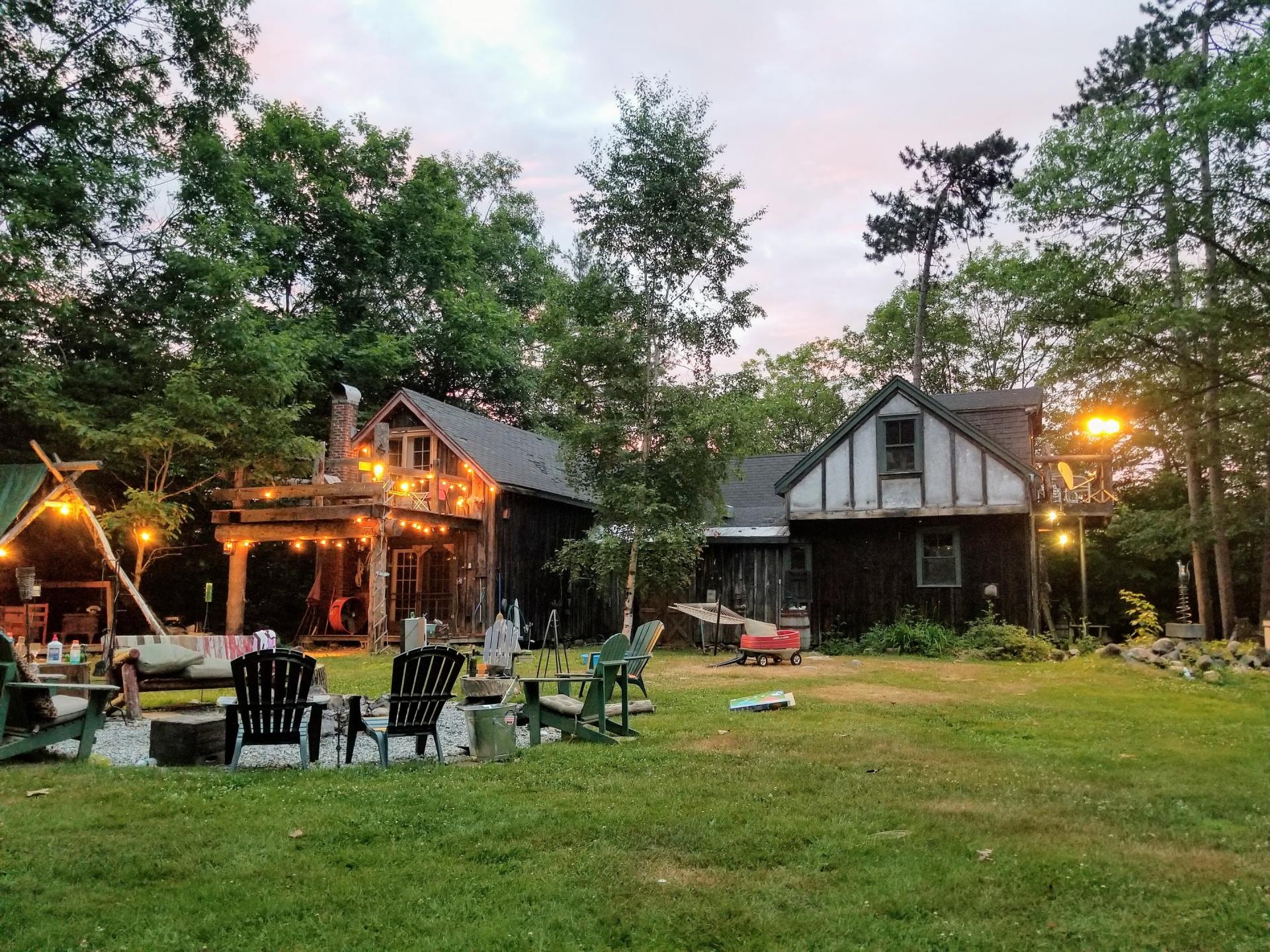
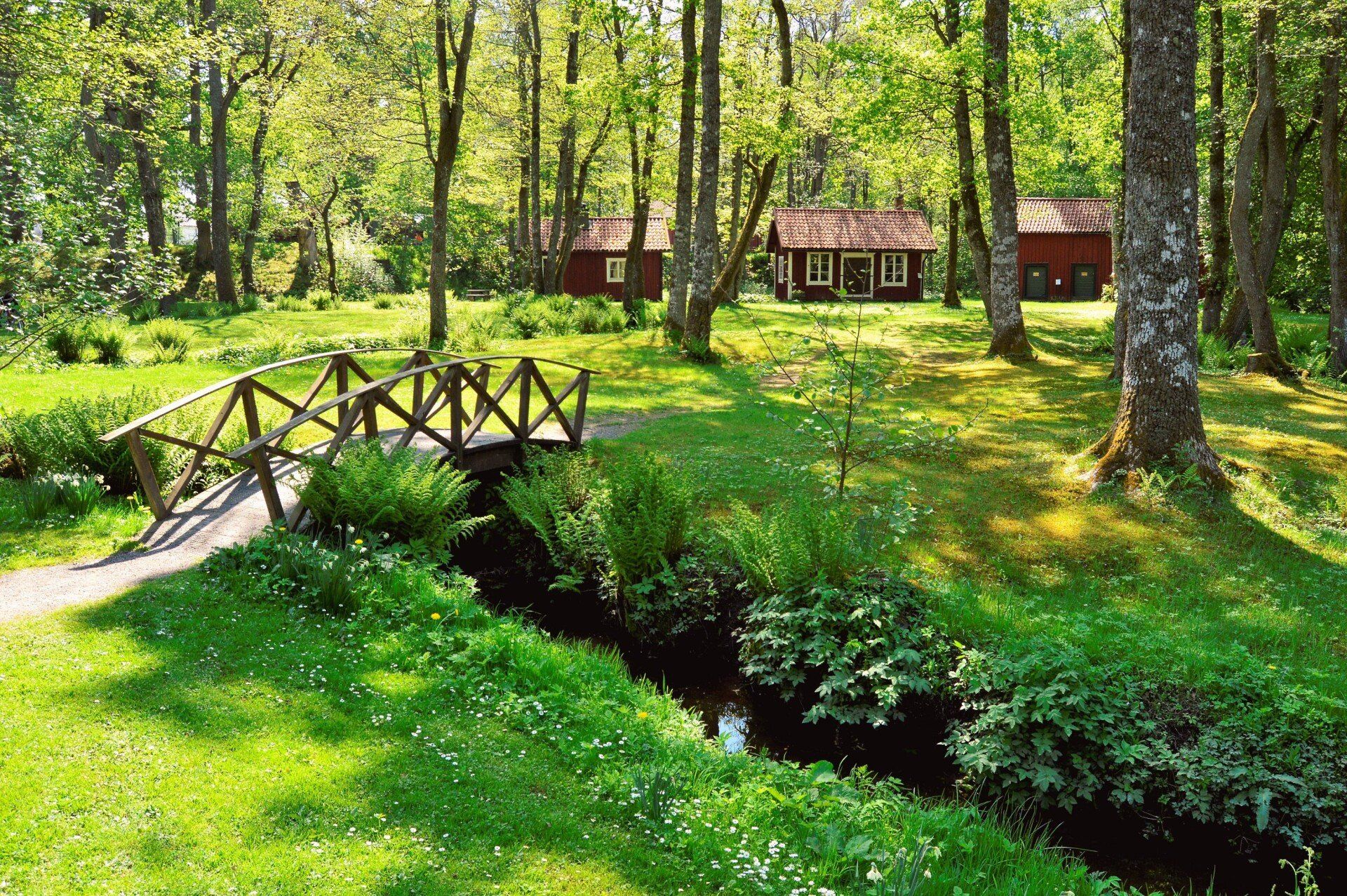
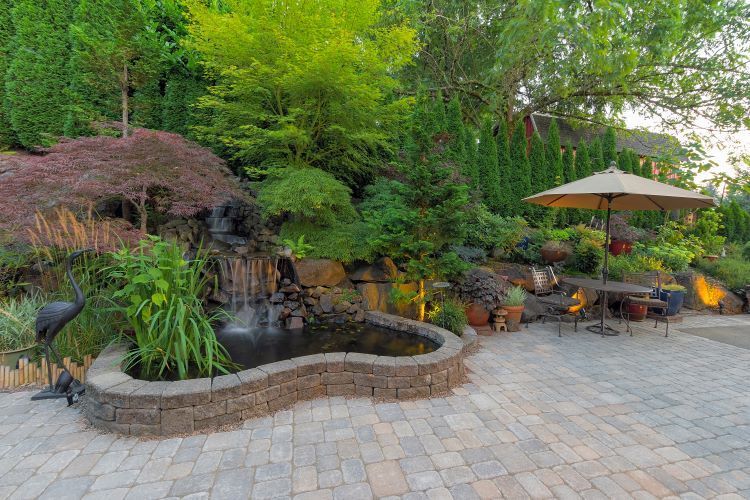
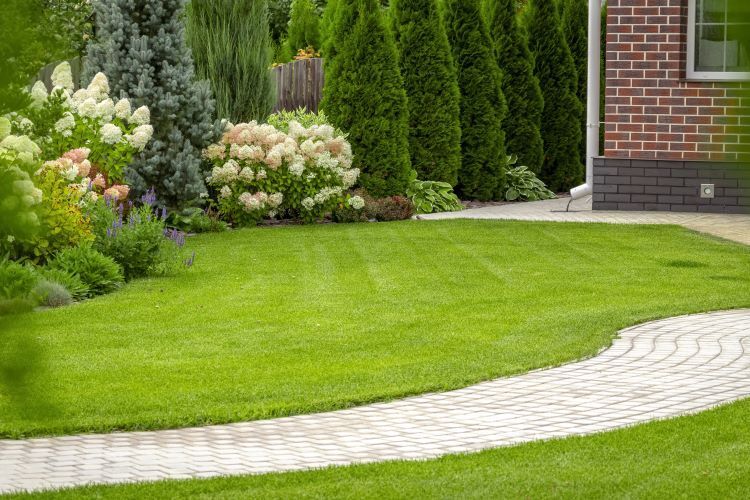

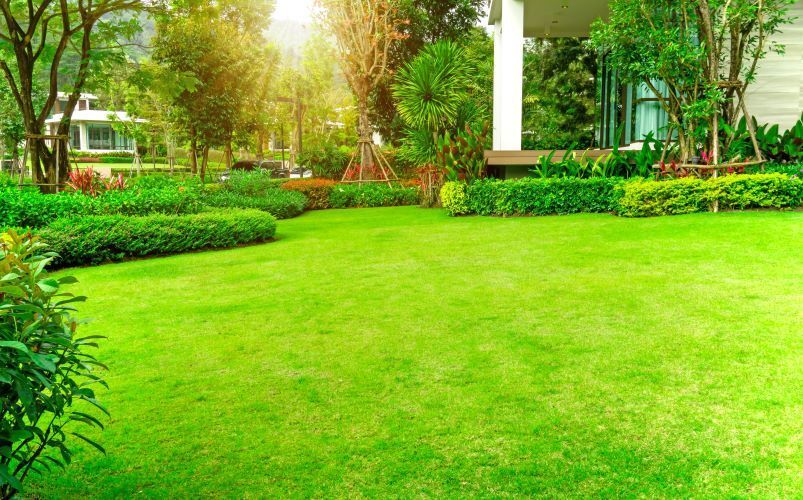
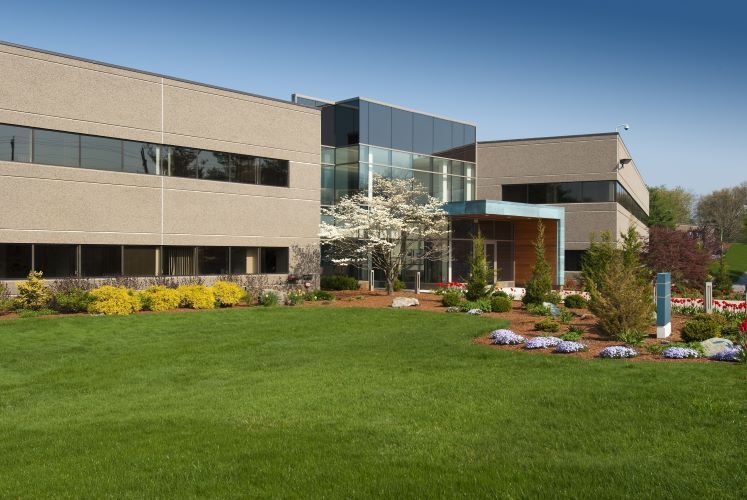
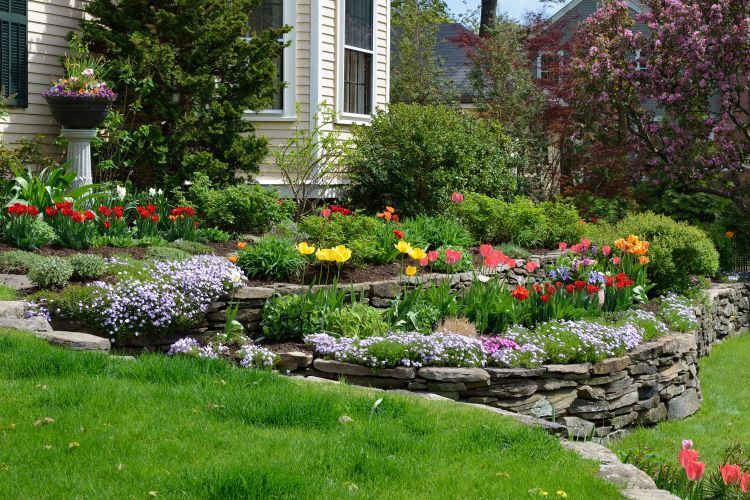
- Mon - Fri
- -
- Sat - Sun
- Appointment Only
*This is a referral webite. All work is performed by professional, licensed contractors.
Landscaping Saskatoon
306-517-6211
landscapingsask@gmail.com
